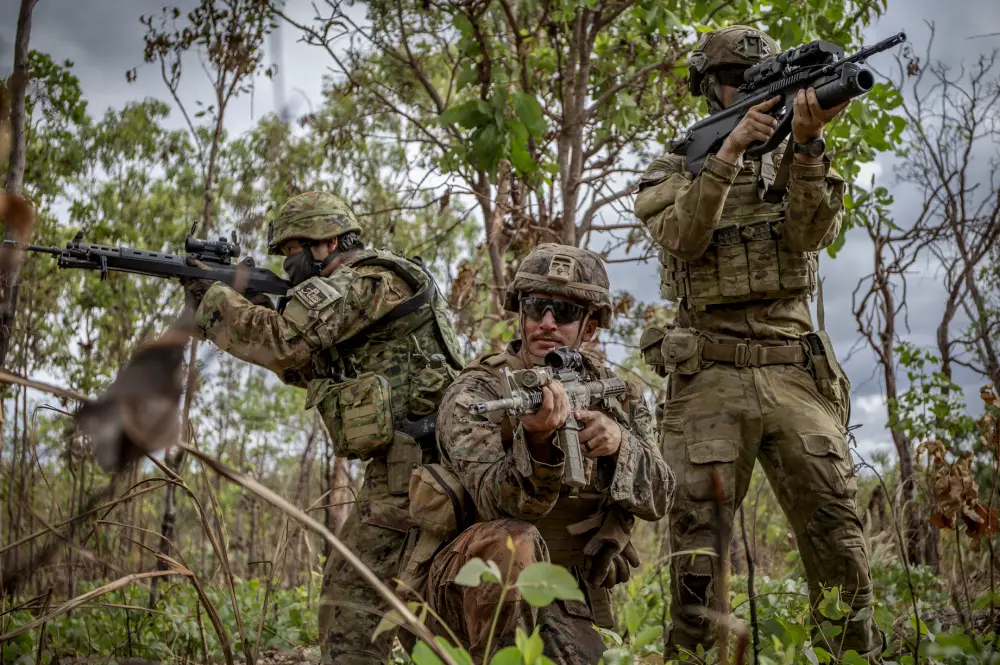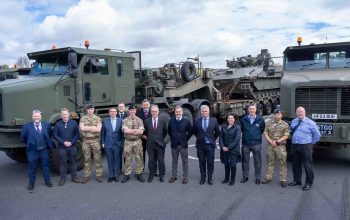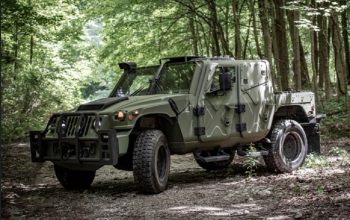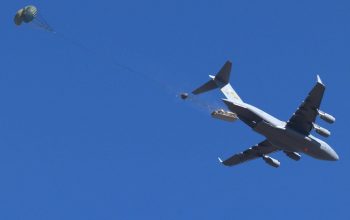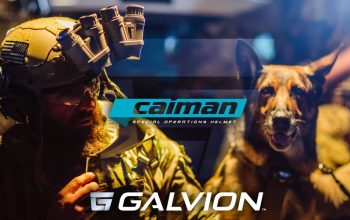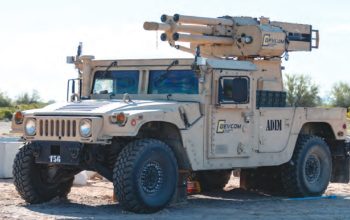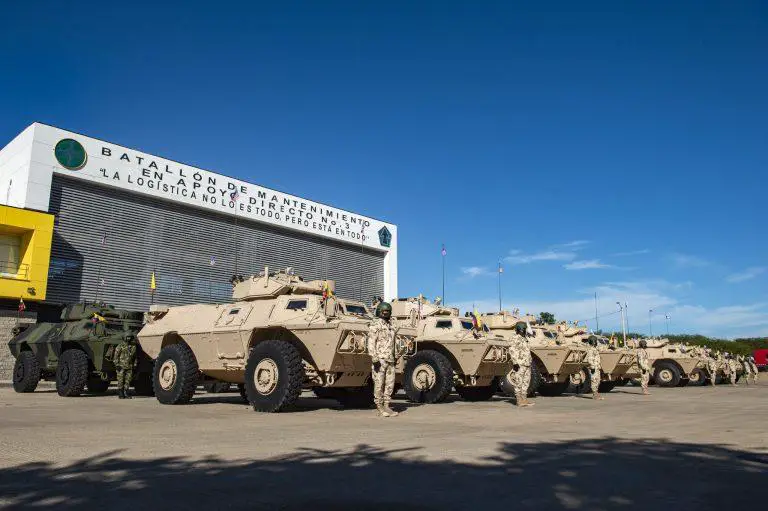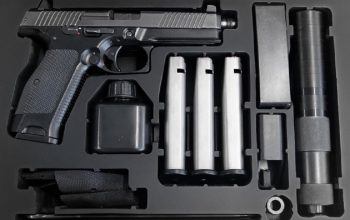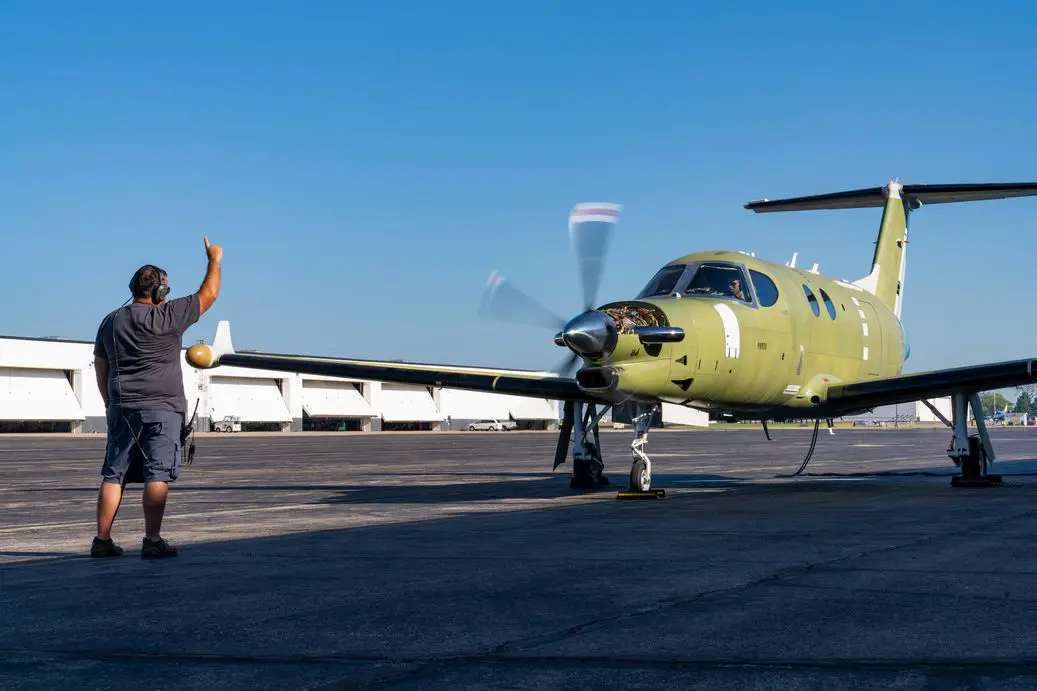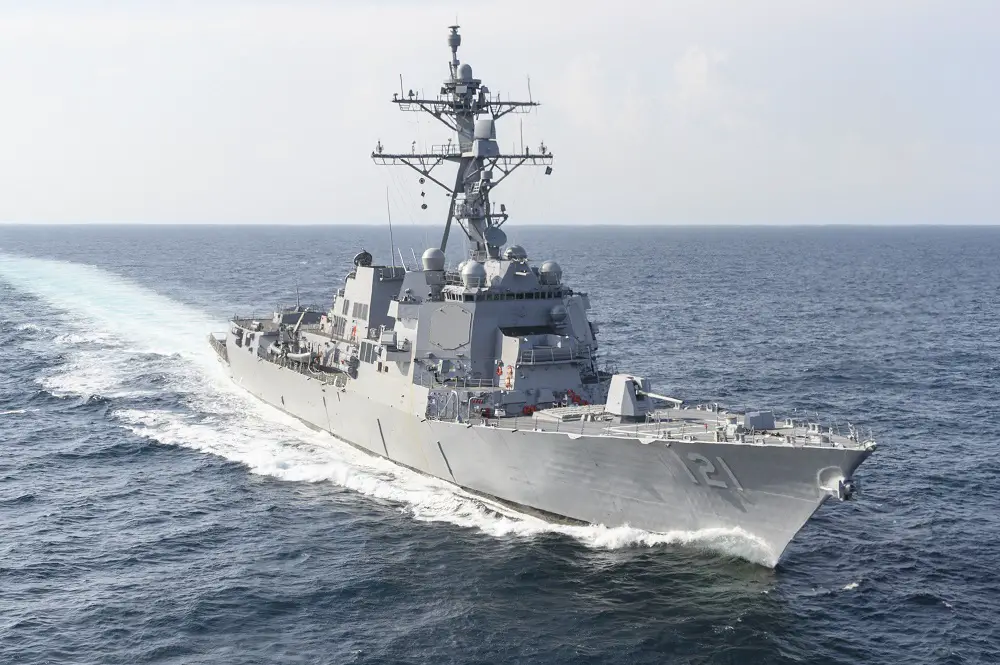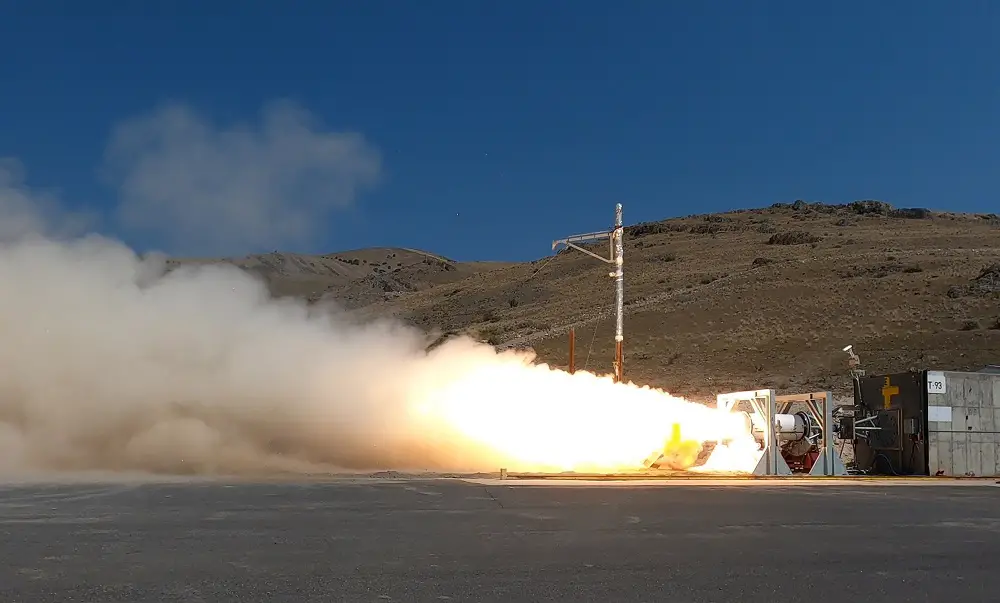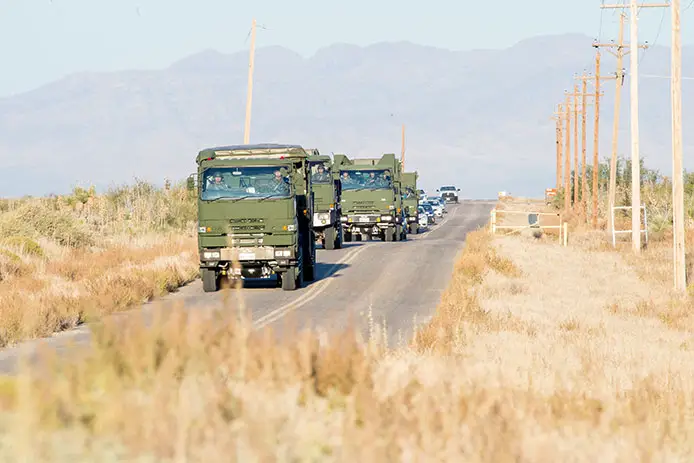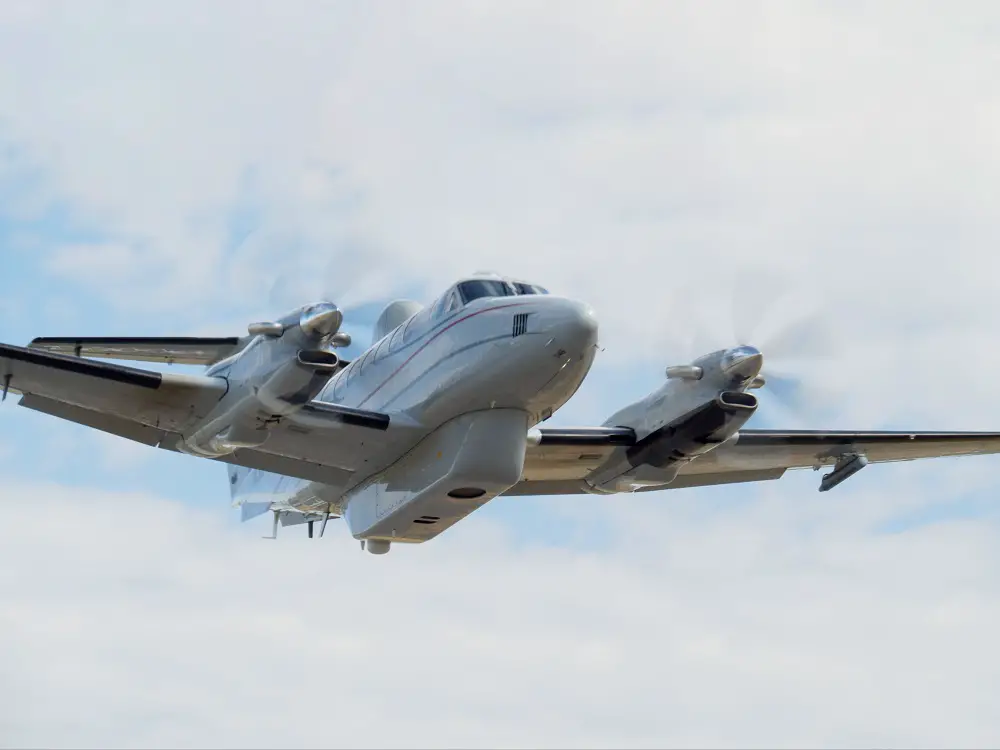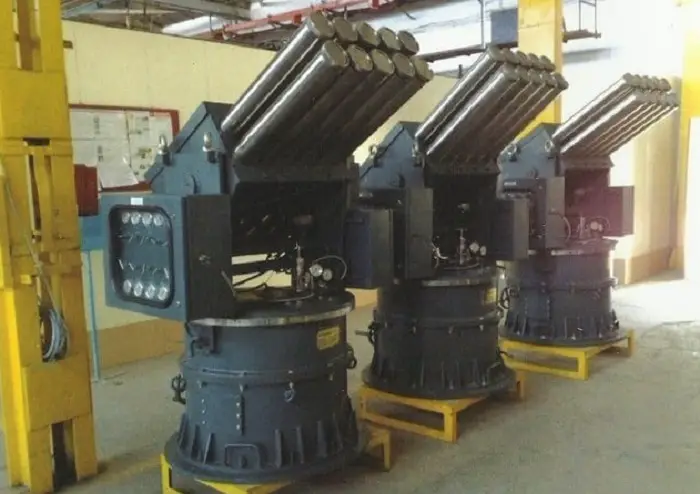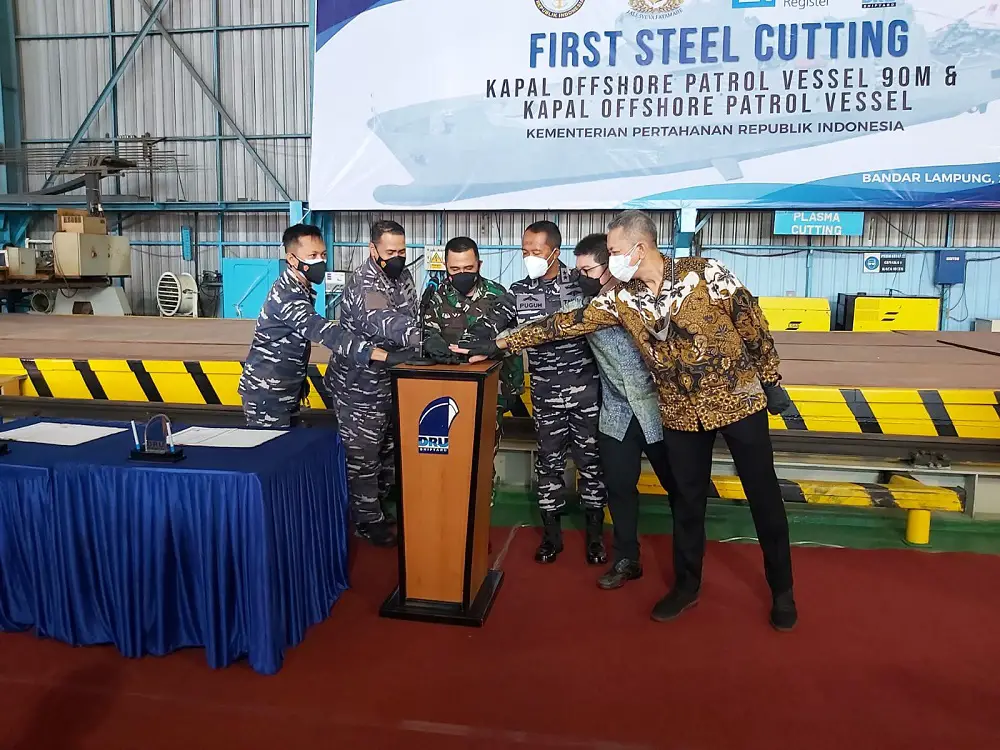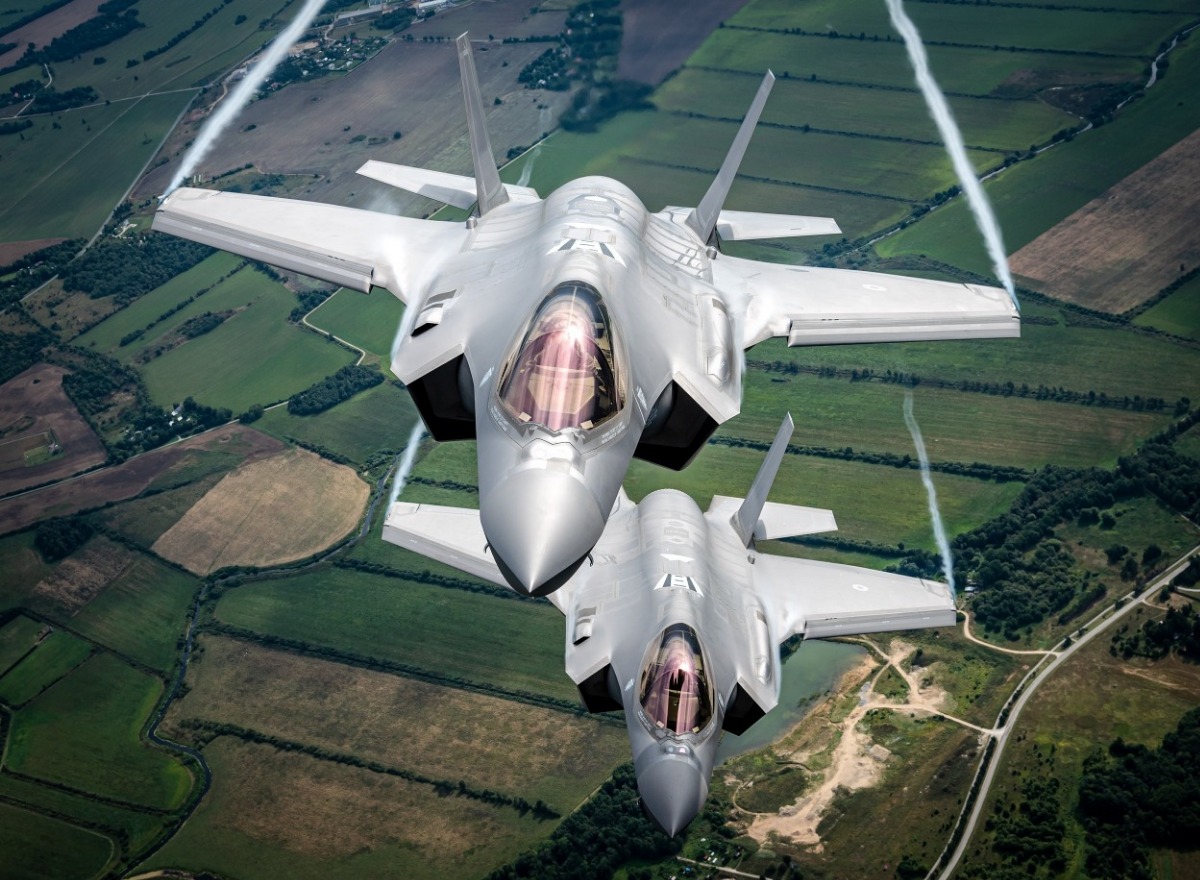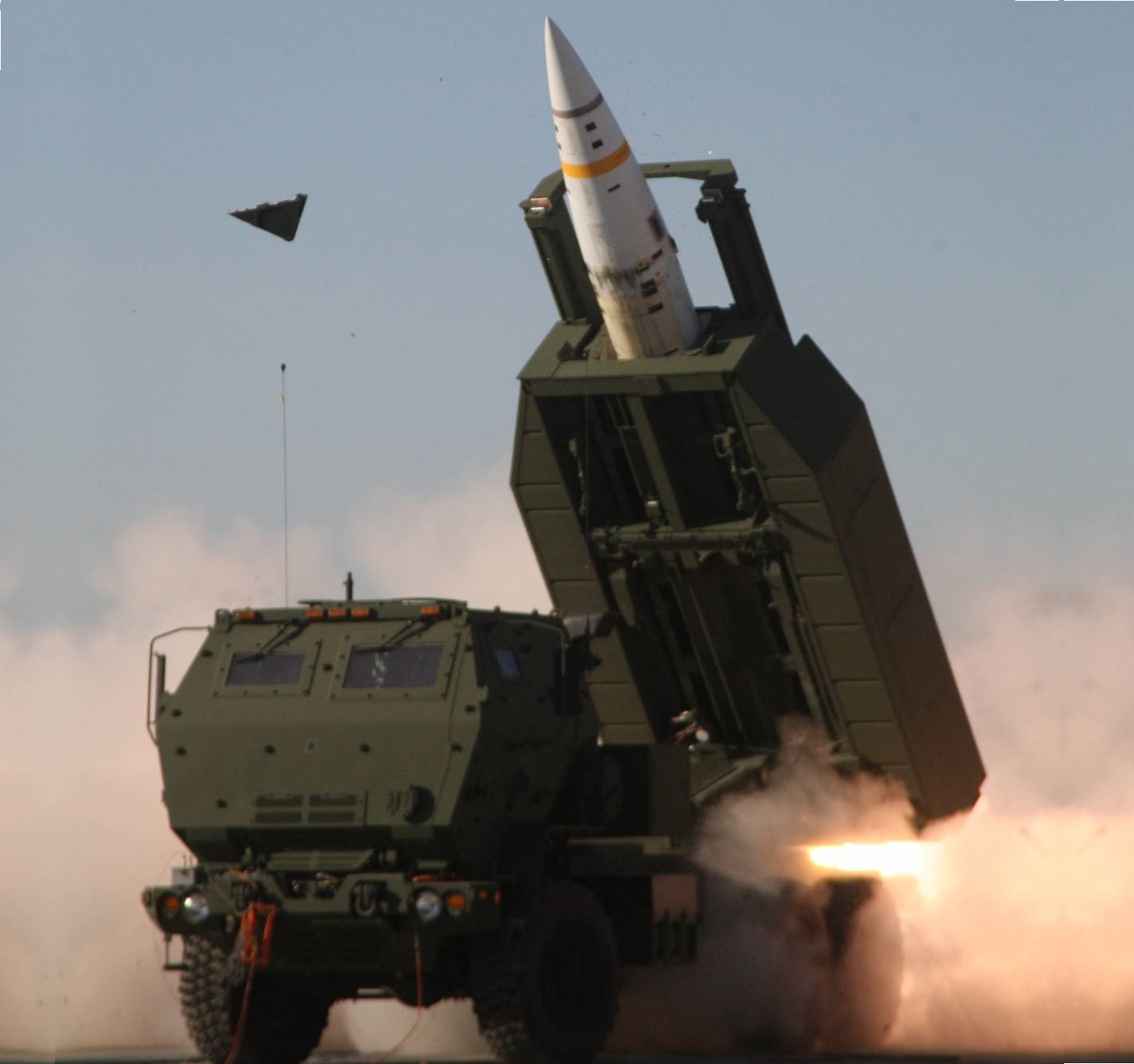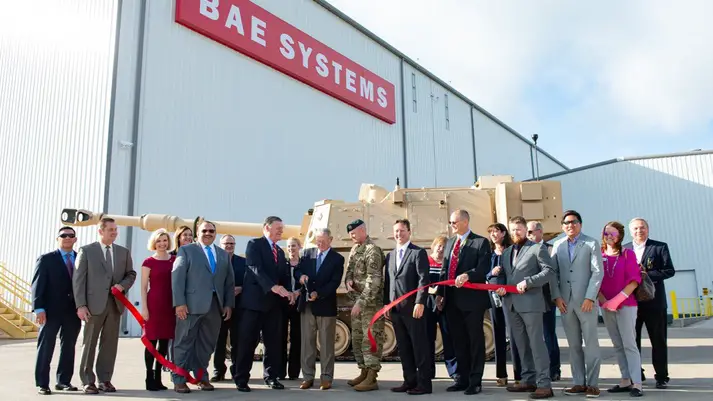In the heart of the Australian Outback, U.S. Marines, Australian Army soldiers, and Japan Ground Self-Defense Force soldiers assembled and successfully conducted Exercise Southern Jackaroo. The trilateral exercise, held over a two-week period, was a tangible demonstration of multinational interoperability, where the forces worked through logistical and cultural challenges that tested the ability of each of the militaries to mutually support one another.
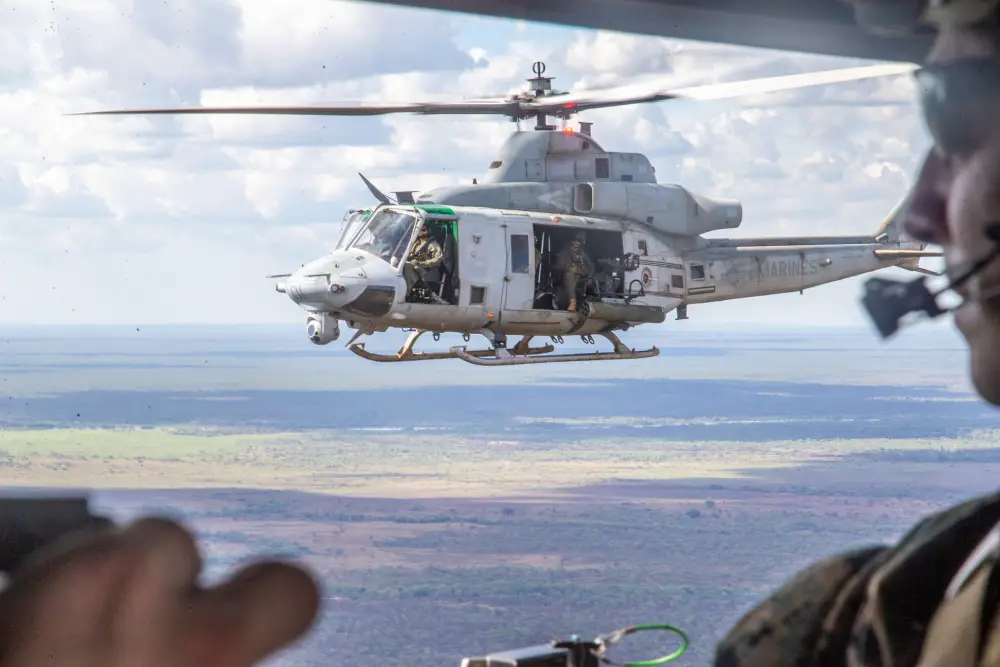
The exercise began with an opening ceremony at Robertson Barracks, home of the Australian Army’s 1st Brigade, where commanders addressed a formation of Australian, Japanese, and U.S. troops. There, they spoke on themes of enhanced cooperation between each force and the importance of building deep, personal and professional relationships with one another. To overcome communication barriers, the force integrated teams of military interpreters throughout the formations in order to best facilitate understanding amongst each other.
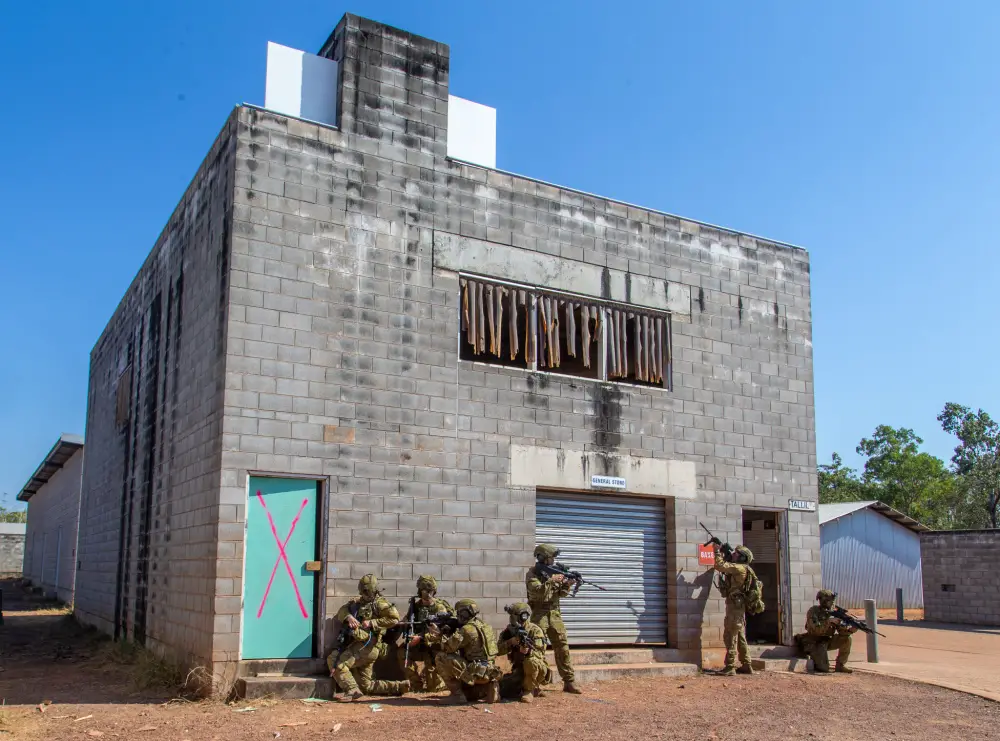
Training commenced with urban breaching operations at the Urban Operations Training Facility on Mount Bundey Training Area, where all three forces demonstrated to one another their tactics, techniques and procedures for maneuvering through urban terrain. Leaders frequently reviewed the patrols and breaches to learn from one another and, if required, integrate squads in future operations. Simultaneously, U.S. cannoneers from Mike Battery, 1st Battalion, 7th Marine Regiment (Reinforced) and the Australian 103rd Battery, 8th/12th Regiment, Royal Australian Artillery, established a combined gun line of six total M777 Howitzers, where they participated in fire missions together, directed by U.S. and Australian Fire Support Coordination Centers.

To conclude the first week of training, troops from all three militaries met at a combined marksmanship range, where snipers demonstrated advanced shooting techniques to engage targets at maximum effective range. Japan Ground Self-Defense Force Col. Kosyo Mizoguchi, commanding officer, 50th Infantry Regiment, commented on the unique opportunities training centers in the Outback had for the Japanese. The significance of the exercise was reinforced by the Australian Chief of the Defence Force, Gen. Angus Campbell, who visited Exercise Southern Jackaroo in its first week.
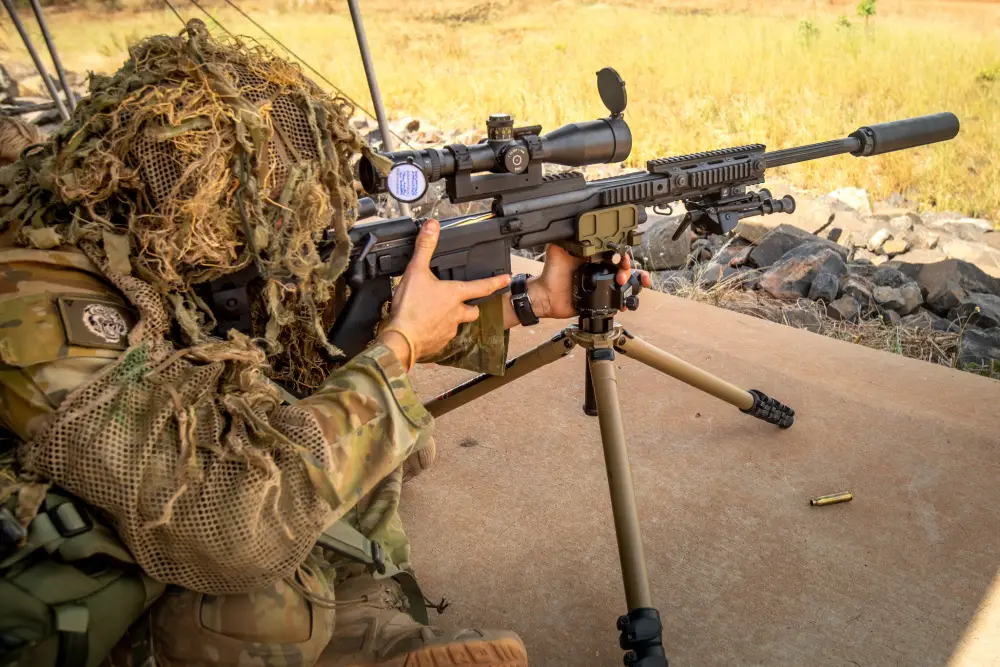
In the second week of training, all three militaries came together in a culminating live fire event, where direct and indirect fire assets supported ground troops while assaulting multiple objectives. During the event, weapons teams fired 400 mortars, 250 rounds of artillery, and thousands of rounds of machine gun ammunition. Most notably, troops fired four FGM-148 Javelins—an anti-armor, man-portable, guided missile—at simulated enemy targets, as a powerful display of interoperability in support of maneuvering ground forces.
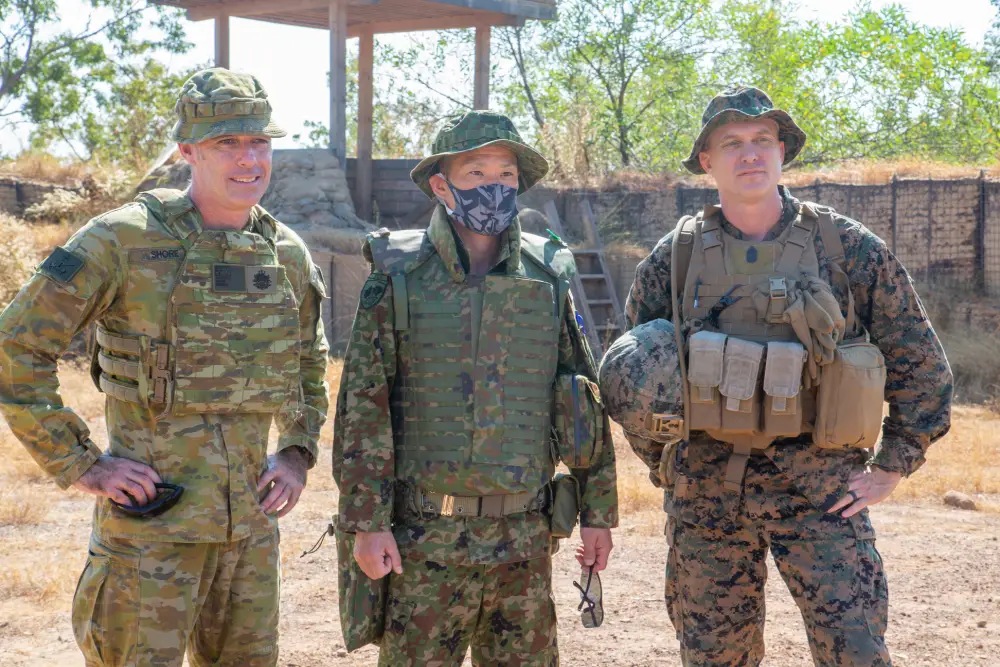
During the assault, all three militaries seized objectives throughout Mount Bundey Training Area, enabling one another to move forward on their mission and demonstrate the ability to command and control fires and maneuver. Although a challenging feat, the training in the week prior allowed the forces from the three nations to confidently perform this complex event in concerted synchronization. After the final event, troops gathered for a closing ceremony, where soldiers and Marines from myriad different backgrounds said their goodbyes, and the three commanders expressed their gratitude for successfully executing such an intricate series of events.



